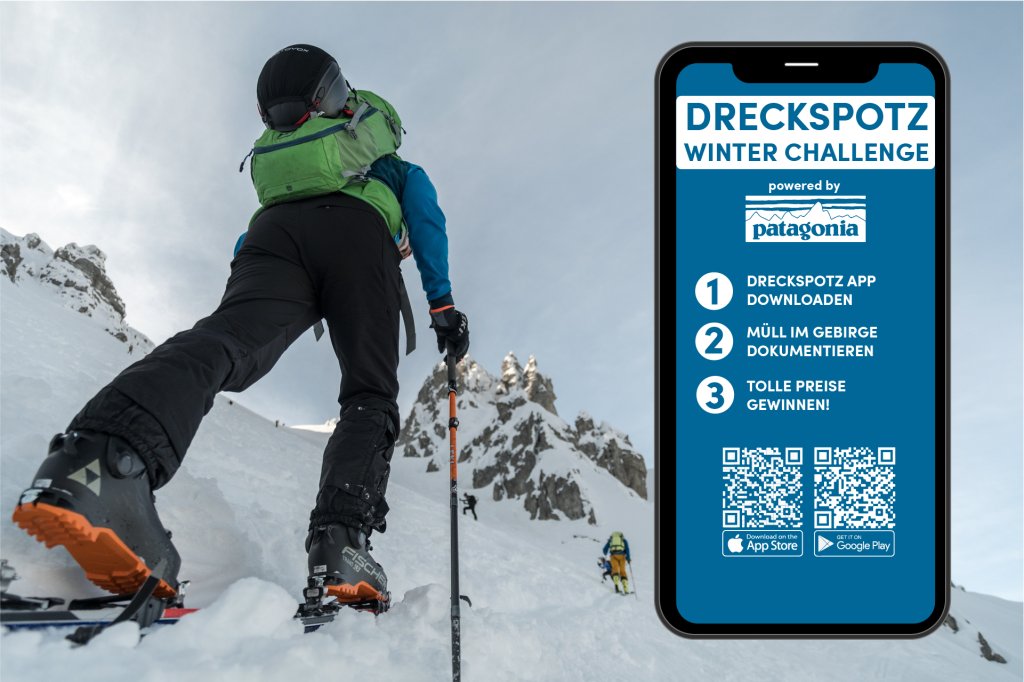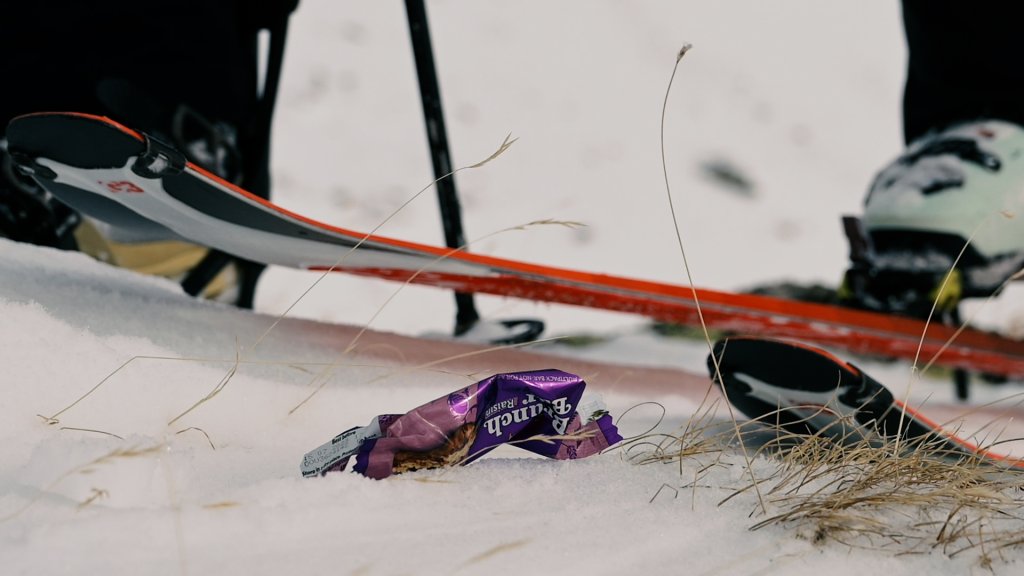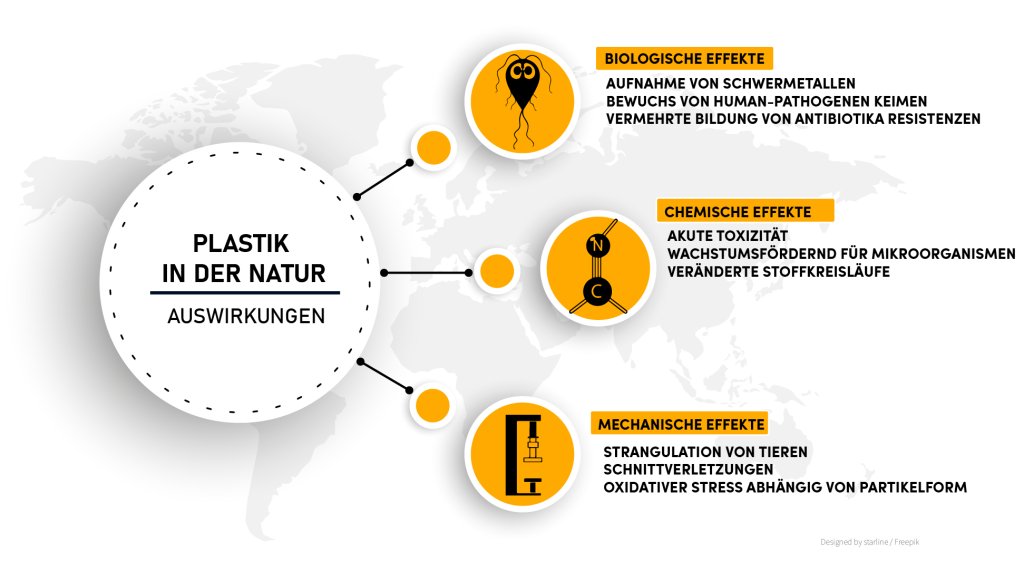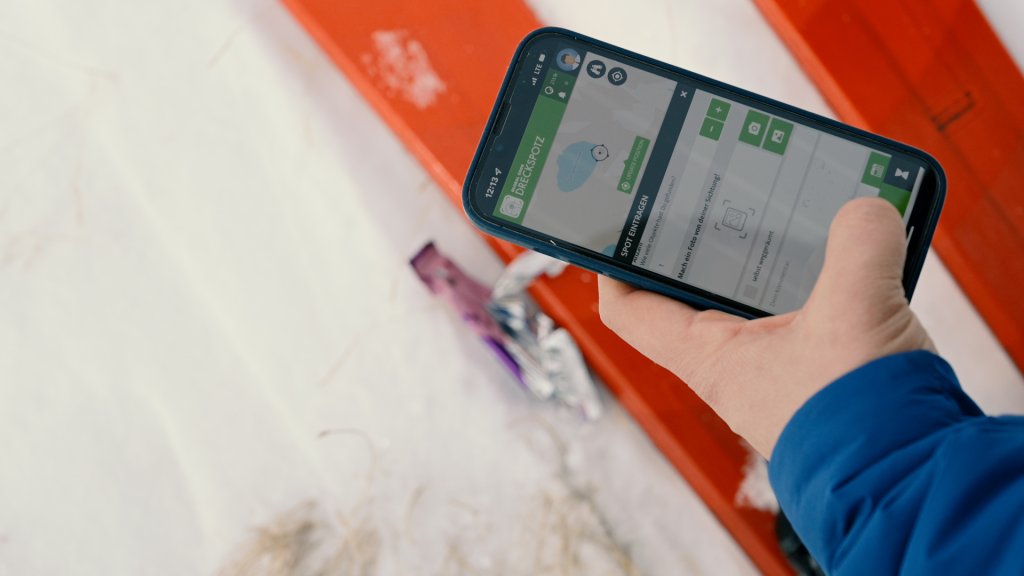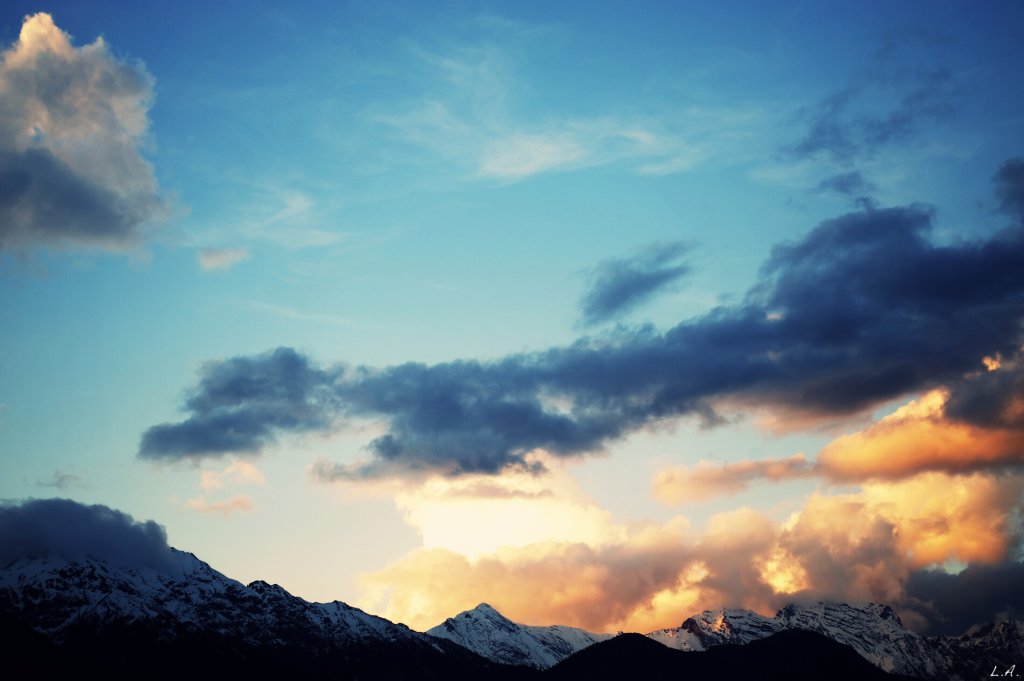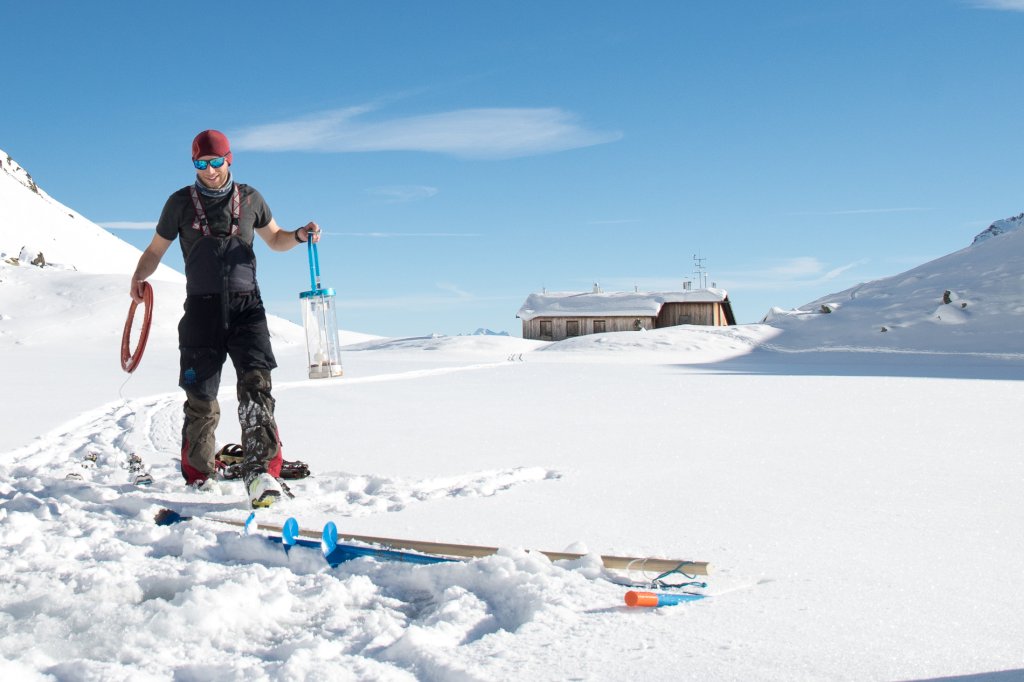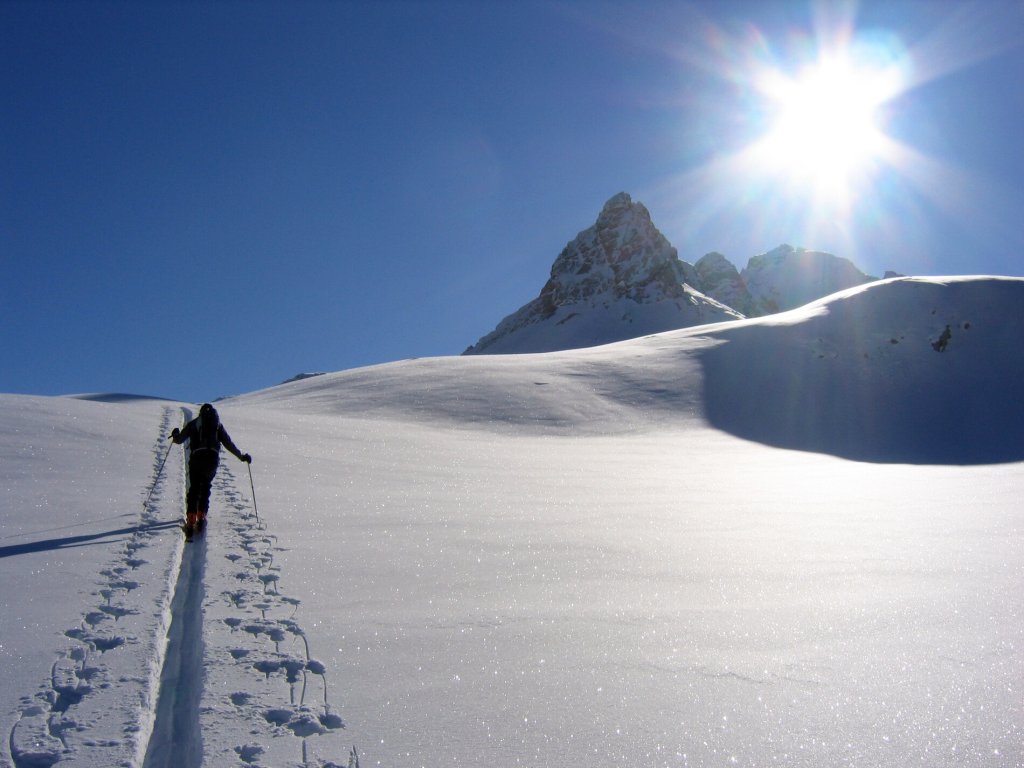If you find garbage in the mountains, you can help the Plastic.Alps team to map the pollution using a cell phone app. The data collected can be used to quantify quantities of waste and identify sources of emissions in mountain regions. The aim is to derive policy recommendations from the data obtained. As a small incentive for participating in the project, the most diligent users of the Dreckspotz app will be rewarded with products from Patagonia.
"Littering" in the mountains - sources and effects
We've probably all experienced it at some point: we reach the summit on a ski or mountain tour, get changed and finally take our muesli bar out of our bag. Then it happens: the plastic wrapper from the muesli bar flies through the air! This unintentional (or intentional) leaving behind of garbage in nature is known as "littering". Due to the increasing pressure of use in the mountains, this is becoming increasingly important for the environment.
Not only the sources, but also the effects of littering are diverse, even in the mountains. For example, plastic breaks down into ever smaller pieces due to extreme conditions (wind, temperature, UV radiation). The plastic particles can impair the growth and development of plants and animals. This has a negative impact on nearby ecosystems such as watercourses, high mountain lakes and soils. Plastic particles can hinder the feeding of aquatic insects. It also happens that the small plastic particles are eaten unintentionally as they are mistakenly identified as food. However, this disrupts the development of living organisms because they are unable to obtain nutrients from their food. In addition, particles can cause injuries and chemical substances that escape affect the metabolism of many organisms. Even plants absorb plastic through their roots. Stream insects, plants and other animals serve as food for many other creatures. This is why plastic accumulates along the food chain.
